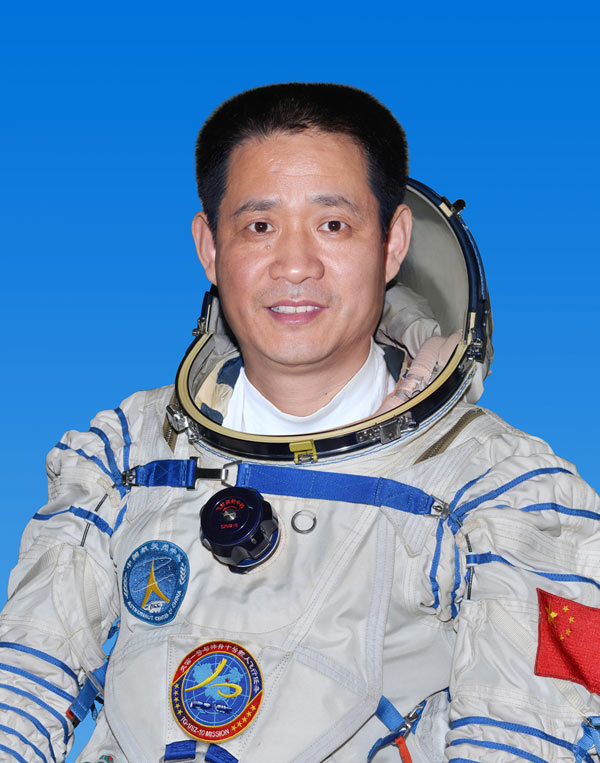
JIUQUAN - China will launch its fifth manned spacecraft Tuesday with three astronauts on board, a decade after its first astronaut entered space.
The Shenzhou-10 manned spacecraft will be launched at 5:38 p.m. Tuesday, said Wu Ping, China's manned space program spokeswoman, at a press conference at the Jiuquan Satellite Launch Center, on Monday.
The spacecraft will carry two men, Nie Haisheng and Zhang Xiaoguang, as well as Wang Yaping who is female, Wu said.
Wang is the second female astronaut in China's manned space mission and the first one born in the 1980s.
Growing up in a farmer's family in east China's Shandong Province, the 33-year-old served as transporter pilot before being selected as an astronaut in 2010.
For Nie, the 48-year-old commander of the crew, this will be his second space journey. He was on board of the Shenzhou-6 spacecraft launched in 2005.
Zhang, 47, was a senior Air Force pilot before being selected as an astronaut in 1998. Tuesday's mission will be his first space journey.
The spacecraft will travel in space for 15 days and go through two docking tests with the orbiting space lab module Tiangong-1, one automatic and the other manual, Wu said.
Besides medical and technical tests, astronauts will give a lecture to a group of students on the ground while in orbit, introducing weightless condition, Wu said.
Wang will host the lecture and the date will be decided according to the mission's schedule and technical conditions during the assembly of the Shenzhou-10 spacecraft and Tiangong-1.
The lecture will be broadcast live, Wu said.
"Through this event, we hope to bring the space program closer to the young generation, improve their understanding and attract their interests in our work," she said.
"The launch ground and all control systems are ready. Astronauts are in good and stable condition," she said.
The upgraded Long March-2F carrier rocket started to be fueled Monday afternoon.
The Tiangong-1 space lab, being in orbit for about 620 days, has been in a stable condition and ready for docking tests and receiving astronauts, according to Wu.
There are also risks that the conditions of some components on the Tiangong-1 might not be at their best since the module is designed to function for two years, which is only about three months away, and it has gone through four docking tests, Wu said.
This mission aims to further test technologies of docking and supporting astronauts' stay in space, as well as use new technologies related to the construction of a space station, she said.
"So far we only conducted three automatic docking tests and a manual one. More tests are needed. We also need to further prove that our astronauts are fit for a longer stay in space and the orbiters are able to support their life and work," Wu said.
Food for astronauts, as well as waste processing facilities, will be improved, she added.
 |
| Nie Haisheng |







